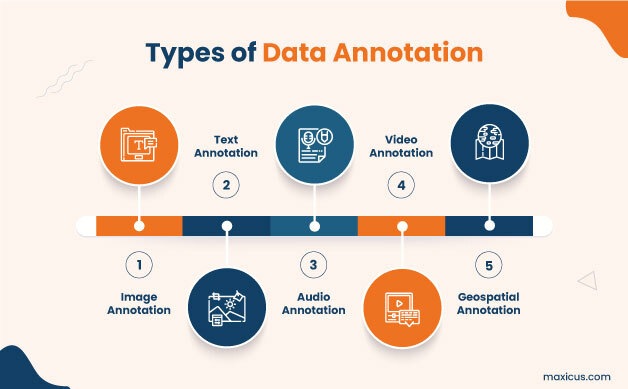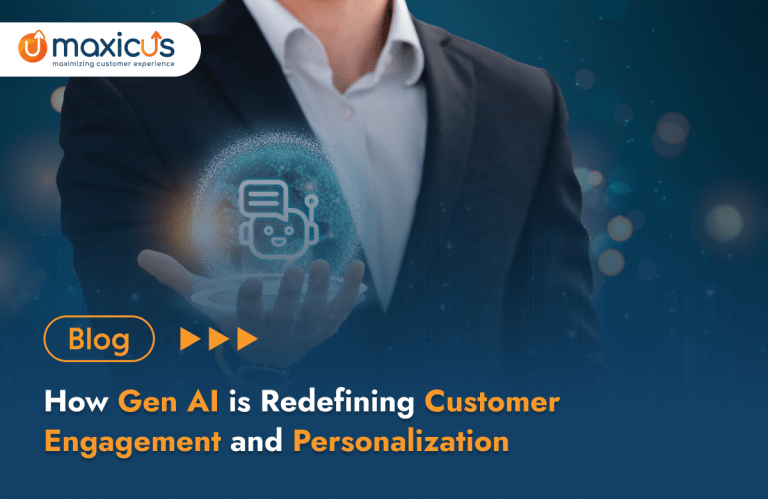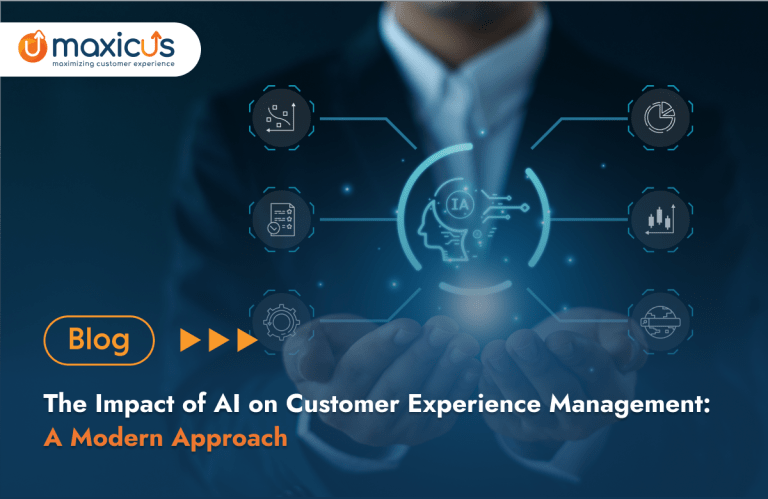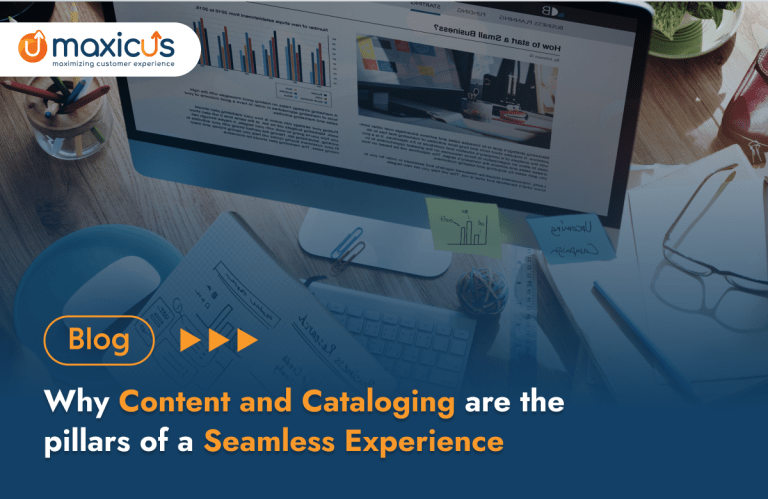Why Data Annotation is Important for Businesses?
In today’s digital age, businesses are generating and collecting vast amounts of data on a daily basis. This data holds valuable insights that can drive decision-making, improve processes, and enhance customer experiences. However, raw data is often unstructured and lacks the necessary context for meaningful analysis. This is where data annotation comes into play. Data annotation involves labeling, tagging, or categorizing data to make it understandable and usable for machines.
In this blog post, we will explore the importance of data annotation for businesses and how it facilitates various applications, including image annotation services, text annotation, video annotation, and image annotation for machine learning (ML).
5 Essential Types of Data Annotation

Let’s delve into five essential types of data annotation that play a vital role in enhancing the performance of machine learning models.
Image Annotation
Image annotation is a widely used technique that involves labeling objects, regions, or specific features within an image. It is crucial for computer vision applications such as object detection, image classification, and semantic segmentation. Techniques for image annotation include bounding box annotation, polygon annotation, point annotation, and landmark annotation. These annotations provide valuable information to the model, enabling it to accurately recognize and understand objects in images.
Text Annotation
Text annotation is the process of labeling and categorizing text data to make it machine-readable. This type of annotation is essential for natural language processing (NLP) tasks like sentiment analysis, named entity recognition, and text classification. Text annotation techniques include named entity annotation, part-of-speech tagging, sentiment labeling, and intent classification. These annotations help machines understand the structure and meaning of textual data, allowing them to extract insights and perform specific tasks accurately.
Audio Annotation
Annotation for audio involves labeling and segmenting audio data to facilitate machine-learning tasks related to speech recognition, audio classification, and speaker identification. Audio annotation techniques include phonetic transcription, speech recognition, speaker diarization, and audio event tagging. By annotating audio data, models can analyze and interpret spoken language, classify audio content, and identify distinct speakers or sound events.
Video Annotation
Video annotation is the process of labeling and tracking objects or events within a video sequence. It is crucial for applications such as action recognition, object tracking, and video surveillance. Video annotation techniques include object tracking, activity recognition, object counting, and temporal annotation. These annotations enable machine learning models to understand the spatiotemporal context of video data, enhancing their ability to recognize and analyze complex visual information.
Geospatial Annotation
Geospatial annotation involves labeling and categorizing spatial data such as maps, satellite imagery, and GPS coordinates. It plays a vital role in applications like geospatial analysis, autonomous navigation, and location-based services. Geospatial annotation techniques include land cover classification, road segmentation, object detection in aerial imagery, and point of interest labeling. These annotations enable machine learning models to interpret and make predictions based on geographic data, facilitating a wide range of real-world applications.
The types of data annotation discussed in this article, including image annotation, text annotation, audio annotation, video annotation, and geospatial annotation, serve as the building blocks for various machine-learning applications.
The Importance of Data Annotation
1. Enhancing Machine Learning Models
Machine learning models heavily rely on labeled data to learn patterns and make accurate predictions. Data annotation provides the necessary labeled datasets for training these models. For example, image annotation services involve annotating images by highlighting objects, drawing bounding boxes, or adding key points to train models for tasks like object detection, segmentation, or classification. Similarly, in text annotation, labeled text data aids in training NLP models for tasks such as sentiment analysis, entity recognition, or text categorization. The quality of the annotated data greatly influences the accuracy and performance of machine learning models.
2. Improving Customer Experience
Data annotation also plays a significant role in enhancing customer experiences. Sentiment analysis models can analyze customer interactions and identify positive, negative, or neutral sentiments expressed in customer reviews, comments, or social media posts. This valuable insight allows businesses to address customer concerns promptly, improve products or services, and tailor marketing strategies to better meet customer expectations. Text annotation enables businesses to extract relevant information from customer inquiries or support tickets, enabling quicker response times and personalized interactions.
3. Enabling Image Annotation for ML
Image annotation for ML is another crucial application of data annotation. By labeling objects within images, businesses can train computer vision models to identify and recognize objects, faces, or gestures. This has wide-ranging applications across various industries. For instance, in the healthcare sector, image annotation helps diagnose diseases, identify tumors, or track the progression of conditions. In the retail industry, it enables visual search capabilities, allowing customers to find products similar to the ones they desire. In autonomous vehicles, image annotation assists in object detection and recognition, contributing to safer navigation on roads.
4. Streamlining Data Analysis
Data annotation not only improves the quality of labeled datasets but also streamlines the data analysis process. Annotated data provides structure and context, allowing businesses to extract valuable insights efficiently. For example, sentiment analysis models trained on annotated text data can quickly classify customer feedback as positive or negative, helping businesses gauge customer satisfaction levels. Similarly, in video annotation, labeling key events or objects enables video analytics for surveillance, behavior tracking, or anomaly detection.
Why outsource Data Annotation Services?
Given the increasing need for data annotation, many businesses opt to outsource this task to specialized service providers. Outsourcing data annotation offers several benefits:
1. Cost-Effectiveness
Outsourcing data annotation services can be more cost-effective than building an in-house annotation team. It eliminates the need to hire and train dedicated resources, set up infrastructure, and manage the annotation process. Service providers often offer flexible pricing models, allowing businesses to scale their annotation requirements as needed.
2. Expertise and Quality
Data annotation service providers have expertise in handling annotation tasks across different domains and data types. They employ skilled annotators who are trained to maintain high accuracy and quality standards. Partnering with an experienced provider ensures that the annotated data meets the specific requirements of the business and is of high quality, leading to more reliable and accurate machine learning models.
3. Scalability and Quick Turnaround
Outsourcing data annotation allows businesses to scale their annotation projects based on their needs. Service providers have the resources and infrastructure to handle large volumes of data efficiently. They can quickly allocate a team of annotators to meet tight deadlines and ensure a quick turnaround for annotated datasets. This agility enables businesses to accelerate their machine learning development and deployment timelines.
4. Focus on Core Competencies
By outsourcing data annotation, businesses can free up their internal resources to focus on their core competencies. Annotation can be a time-consuming and labor-intensive task, requiring specialized skills. By delegating this task to experts, businesses can concentrate on their primary objectives, such as product development, customer engagement, or strategic decision-making.
5. Data Security and Confidentiality
Reputable data annotation service providers prioritize data security and confidentiality. They implement robust measures to protect sensitive data, ensuring compliance with relevant data protection regulations. This includes secure data transmission, strict access controls, and confidentiality agreements. Partnering with a trusted service provider mitigates the risks associated with data handling and ensures the protection of valuable business information.
How to Choose the Right Data Annotation Partner
Annotated data forms the foundation upon which algorithms learn and make intelligent decisions. Therefore, selecting the right data annotation partner is crucial for the success of your AI initiatives. Here are the essential factors to consider:
1. Expertise and Experience
When seeking a data annotation partner, assess their expertise and experience in the field. Look for partners with a proven track record in data annotation, particularly within your industry. An experienced partner understands the intricacies of data annotation, possesses domain-specific knowledge, and is aware of the challenges and biases that may arise. Their expertise will enable them to provide high-quality annotations, resulting in more accurate AI models.
2. Annotation Capabilities
The annotation capabilities of a partner are of utmost importance. Evaluate their range of annotation services, such as image annotation, text annotation, video annotation, speech recognition, and more. Check if they offer specialized annotations like object detection, semantic segmentation, or named entity recognition, depending on your project requirements. A versatile partner with diverse annotation capabilities can handle various data types, ensuring comprehensive training for your AI models.
3. Quality Assurance
Ensuring the quality of annotated data is crucial for achieving reliable AI performance. A reliable data annotation partner should have robust quality assurance processes in place. They should employ rigorous quality control measures, including multiple annotator reviews, inter-annotator agreement checks, and continuous feedback loops.
4. Scalability and Flexibility
Scalability is a crucial factor when choosing a data annotation partner. As your AI projects evolve, your data annotation requirements may change. A partner who can scale their operations to handle large volumes of data efficiently is invaluable. In addition, they should exhibit flexibility in adapting to different data formats, labeling guidelines, and project timelines. This flexibility ensures that your annotation needs are met promptly and accurately.
5. Data Security and Confidentiality
Data security and confidentiality are paramount when working with a data annotation partner. Ensure that the partner adheres to industry best practices in data protection. Look for partners who implement robust security measures, such as secure data transfer protocols, data anonymization techniques, restricted access controls, and stringent confidentiality agreements. This will safeguard your sensitive data from unauthorized access and protect your intellectual property.
6. Technology and Automation
The effective use of technology and automation can significantly enhance the speed and accuracy of data annotation. A forward-thinking partner should leverage cutting-edge annotation tools, machine learning techniques, and automation to optimize the annotation process. Advanced technologies, such as active learning and transfer learning, can aid in reducing annotation effort and enhancing efficiency. By selecting a partner with a technology-driven approach, you can accelerate your AI development timeline.
7. Communication and Collaboration
Smooth communication and collaboration are vital for a successful partnership. Evaluate the partner’s communication channels, responsiveness, and project management methodologies. A reliable partner should provide a dedicated project manager to ensure seamless coordination and address any concerns promptly. Effective collaboration fosters a strong working relationship, enabling you to achieve your AI goals efficiently.
Conclusion
Choosing the right data annotation partner is crucial for unlocking the true potential of your AI initiatives. Deliberating on various factors is paramount when aiming to make an informed decision. These factors include expertise, annotation capabilities, quality assurance, scalability, data security, technology, and collaboration. Collaborating with a trusted annotation provider offers benefits that extend beyond ensuring accurate and high-quality annotations. Such partnerships play a vital role in driving the long-term success of your AI projects. With the right data annotation partner by your side, you can harness the power of AI to drive innovation, gain a competitive edge, and transform your organization.










